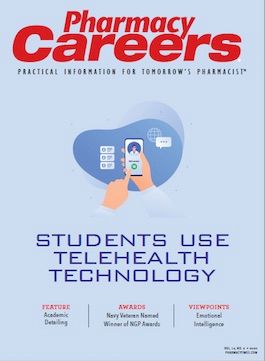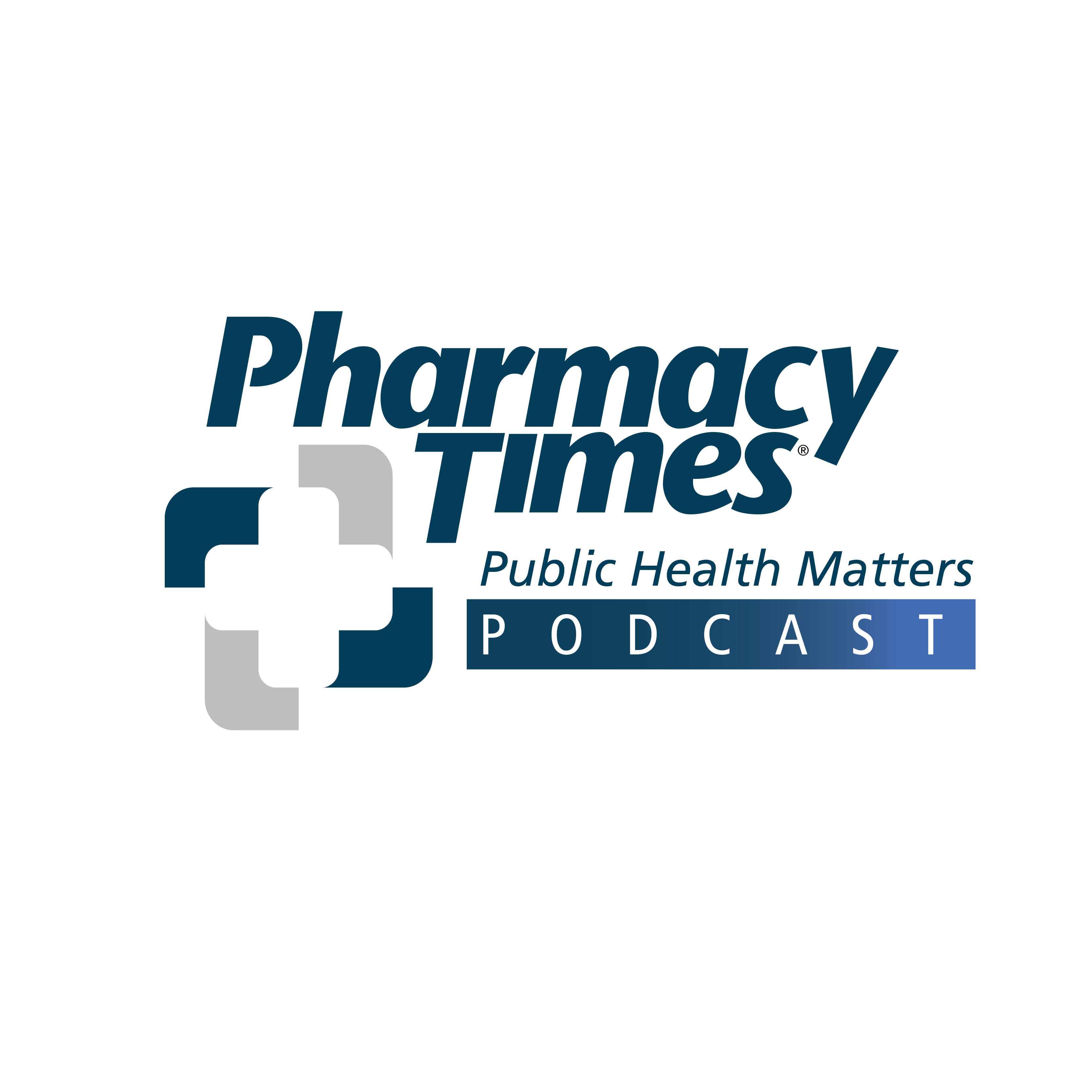Publication
Article
Pharmacy Careers
New Molecules Have Potential to Fight Vancomycin-Resistant Enterococcus
Author(s):
The new molecules are repurposed form a drug that’s been used for over 80 years.
Purdue University investigators have developed small molecules to fight the superbug vancomycin-resistant Enterococcus (VRE).1 This bacteria infects 20,000 people in the United States a year, according to a recent study published in the Journal of Medicine Chemistry.2
Of the 20,000 people infected with VRE, nearly 10% will die, while about 5% of deaths from superbugs are attributed to VRE. Like typical superbugs, VRE develops from an infection in the intestinal tract where bacterium becomes resistant to the antibiotic vancomycin. Hospital patients are especially vulnerable to the superbug, especially as antimicrobial resistance becomes an increasingly pressing issue.1,2
Superbugs represent a risky situation when you go to the hospital because they may spread the infection to other people,” said Mohamed Seleem, PhD, a former professor at Purdue University, in an interview with Pharmacy Careers®. “Currently, there is no drug available in the market where they can clear the infection from those patients,” he said. Seleem is now a professor in the Department of Biomedical Sciences and Pathobiology at Virginia Polytechnic Institute and State University.
Investigators from Purdue University’s College of Pharmacy and College of Veterinary Medicine developed small molecules that combat drug-resistant Enterococcus. These molecules were created by repurposing a drug that has been used for over 80 years to treat congestive heart failure and glaucoma, among other issues. By repurposing drugs, the process tends to be quicker, more effective, safer, and less toxic for patients. New molecules may be a step in helping to stem the tide of antimicrobial resistance.1
Seleem cocreated the molecules with Daniel Flaherty, PhD, an assistant professor of medicinal chemistry and molecular pharmacology at Purdue University.1
“A common statistic thrown out there is that by year 2050, deaths due to bacterial infection will outpace deaths due to cancer,” said Flaherty, in an interview with Pharmacy Careers®. “That shows right now where the tide is headed in antimicrobial resistance and shows where the money needs to be placed.”
The next step for the repurposed drug research is continued evaluation of the molecules in animal models to determine efficacy and optimal dosing. The investigators say that eventually, they will be able to provide a much better drug than the therapy currently available therapy. However, according to the researchers, in order for progress to be made on antimicrobial resistance as a whole, change must happen on the policy level.1
“It’s a very tough problem. You have to make new antibiotics, and you have to keep making them. And you have to invest a lot in developing new antibiotics. Unfortunately, that is not the strategy that’s happening right now,” Seleem said. “Most pharmaceutical companies are actually not interested in antibiotics because they do not bring money. The economy of antibiotics is very tough.”
According to the investigators, even if a pharmaceutical company made the best antibiotic in the world, doctors would only use it as a backup. According to Seleem, this is not a good model for a pharmaceutical company. In order to ensure that antibiotics are developed, the government should incentivize companies and institutions to research and develop them, and the university structure should be invested in more so that universities can create and develop antibiotics.
“It’s a very complicated issue,” said Seleem. “And we’ve been talking about it for years and years, and you don’t see a measured shift or action that really can slow down the antimicrobial resistance, actually, it’s increasing every day, and it’s going to be scary in a few years if we don’t take action right now.”
REFERENCES
- Potential new drug could stop deadly superbug, save tens of thousands of lives. News release. Purdue University. September 10, 2020. Accessed September 30, 2010. https://www.purdue.edu/newsroom/releases/2020/Q3/new-drug-couldstop- deadly-superbug,-save-tens-of-thousands-of-lives.html
- Kaur J, Cao X, Abutaleb NS, et al. Optimization of acetazolamide-based scaffold as potent inhibitors of vancomycin-resistant Enterococcus. J Med Chem. 2020;63(17):9540-9562. doi:10.1021/acs.jmedchem.0c00734







